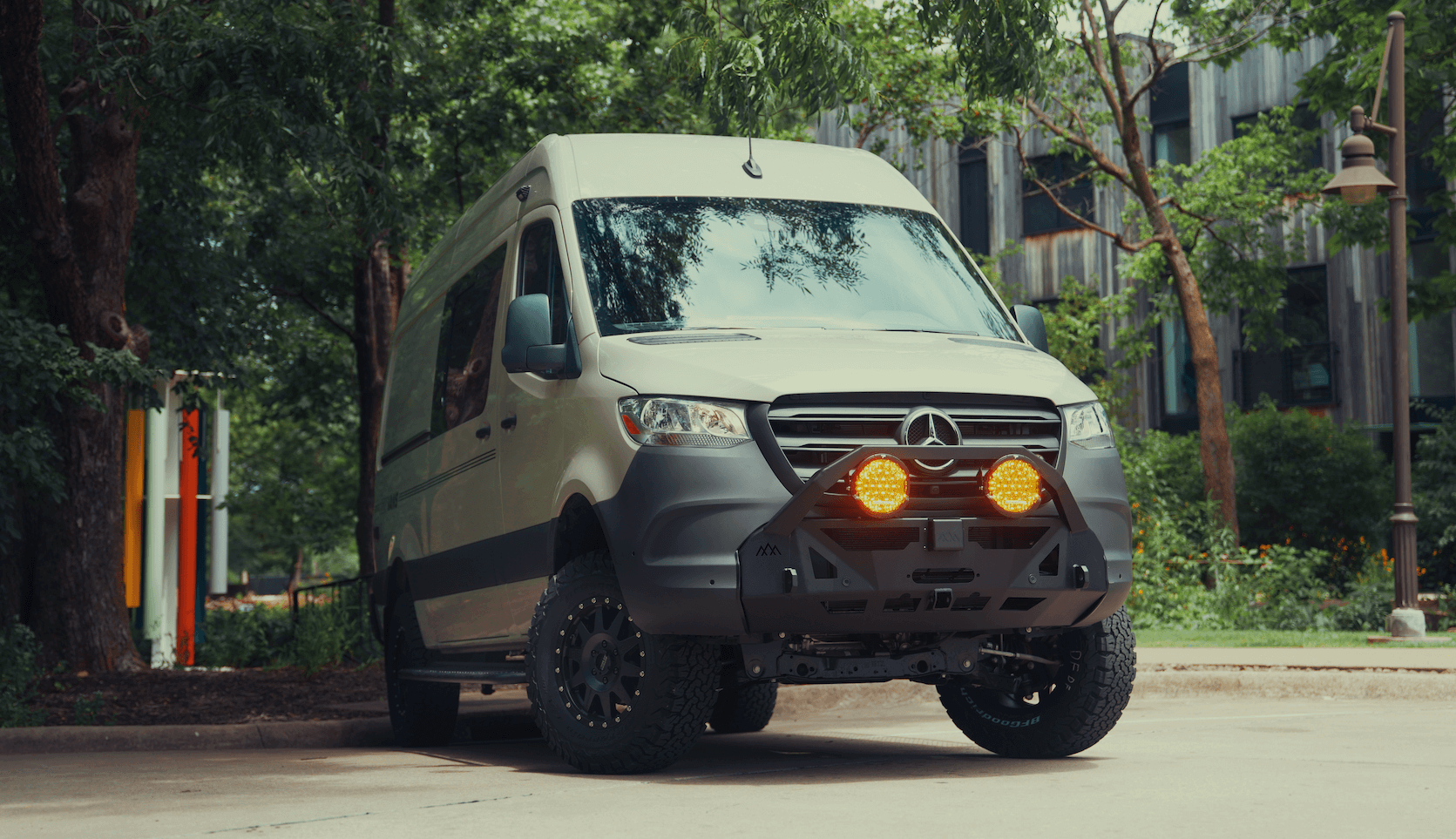Recreational Vans

Havelock wool insulation is made from sheep wool that is cleaned, carded, and formed into batts or loose fill for cavity spaces. Wool fibers are naturally crimped and interlock, which traps air and delivers steady thermal performance without the itch or glass fibers associated with traditional products. In a moving vehicle, vibration and temperature changes test any insulation. Wool’s springy structure rebounds well, resists slump when properly fitted, and maintains coverage around wiring and irregular shapes. Because the fibers are hygroscopic, wool can absorb and release moisture while remaining dry to the touch, helping buffer humidity swings inside a van cabin.
You will typically find Havelock wool in van sized batts designed for common stud and rib spacing. The fibers are treated with a small amount of borate for fire, mold, and pest resistance. The result is a low VOC, renewable material that is easy to handle with minimal protective gear. Installers often mix batts and loose fill to reach tight voids around windows and pillars where rigid products struggle.
Wool’s R value per inch sits in a competitive range for mobile builds and remains more consistent than many synthetics when humidity rises. Since vans experience condensation on the metal skin during cool nights, breathability matters. Wool allows vapor to migrate rather than trapping it, and its moisture buffering helps reduce the duration and intensity of wet surfaces behind panels. This reduces conditions that promote corrosion and mildew when combined with smart ventilation.
The crimped fiber matrix is an effective broadband sound absorber. By lining cavities with wool, you cut road noise, tire hum, and panel resonance. That creates a calmer cabin on long drives and improves sleep quality at camp. Paired with targeted sound deadener on large metal skins, wool helps deliver a rich acoustic improvement without a weight penalty that would drag down efficiency.
Successful insulation in a van is a system, not a single product. A thoughtful plan addresses thermal bridging at ribs, moisture management, and airflow around appliances. Wool fits well within this strategy because it molds to complex shapes and stays serviceable if panels ever need to be removed.
Begin with selective sound deadener on large vibrating panels. Then dry fit wool batts, trimming with a sharp knife or shears. Where there are wire looms, carve relief channels so the batt sits flush. In doors and sliders, support the material with mesh or panel fasteners to prevent settling from repeated slamming.
Insulation works by holding still air. Compressing wool too tightly reduces that trapped air and lowers performance. The batt should fill the cavity completely with a light, springy contact on all sides. For deep voids, layer batts rather than stuffing a single piece. Use loose fill to back stop odd pockets and behind window frames.
Wool is not a vapor barrier. In vans, do not create a cold side plastic layer that traps moisture. Instead design for controlled airflow and active venting with a roof fan and cracked windows when cooking or sleeping. Allowing wool to breathe enables it to absorb transient humidity then release it as the skin warms, keeping the assembly drier over time.
Choosing insulation for a mobile platform involves tradeoffs. Wool stands out for comfort, moisture tolerance, and acoustic performance, along with a clean handling experience.
Spray foam bonds to metal and can offer higher R per inch, but it is difficult to service, unforgiving during repairs, and can trap moisture against the skin if gaps occur. Wool keeps the assembly more flexible and serviceable, which matters when adding future accessories or routing new circuits.
Fiberglass can shed fibers and lose loft in high vibration environments. Rigid foam performs well thermally but struggles to conform to curves and can leave voids around ribs and corners. Wool batts flex into these shapes, reducing cold spots and rattles. It also helps absorb odors and some airborne compounds, supporting cabin air quality.
If you want wool to shine, integrate it into a complete thermal package. That means thoughtful sound deadening, targeted rib treatments, insulated floors and headliners, and airflow planning around heat sources and windows. Our team in Fayetteville Arkansas designs this as a system so the cabin stays quiet, dry, and comfortable from desert heat to mountain cold.
We install Havelock wool insulation in full custom vans and partial upfits when it aligns with your travel profile. For riders, families, and remote workers, the comfort gains are immediate, and the long term serviceability makes future upgrades simple. If you are exploring an adventure van or a capable daily driver that is road trip ready, bring us your platform and timeline and we will engineer the right solution.
Tell us how you travel and what climate you face most. We will spec Havelock wool insulation with a complete thermal and acoustic plan, then build a van that feels like home on day one. Reach out and schedule a consult so we can turn your ideas into miles of easy living.
Ready for a quieter, drier, better insulated van. Talk with OZK Customs about building or upfitting your rig with Havelock wool and a full thermal strategy. Share your timeline and travel needs and we will map the right solution for your platform.
ADDRESS:
6159 E Huntsville Rd, Fayetteville, AR 72701
PHONE:
(479) 326-9200
EMAIL:
info@ozkvans.com